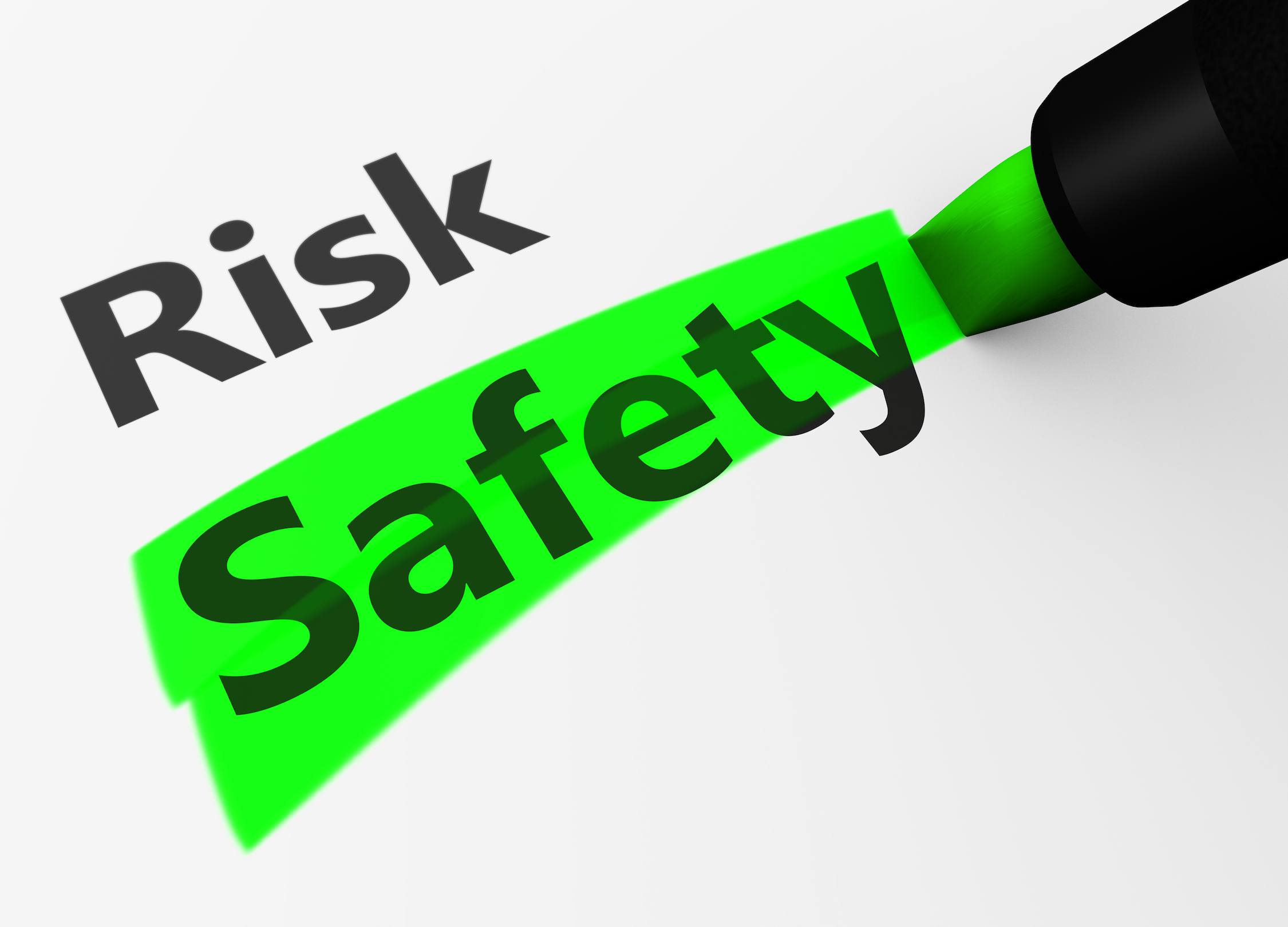
Transparency in architecture lets the light in.
Knowledge is power, and it’s also a lot of responsibility. In generations past, architects had manufacturers to provide information about any new building materials arriving on the market. That’s still the case, but there’s a new transparency in architecture that requires a more in-depth analysis of the products specified for a project.
This shift means architects need more information from more independent sources. It also means architects have a higher duty to clients. The AIA helps with its Materials Matter resource, which is regularly updated.
If you’re concerned or confused about how the new transparency could affect your industry, here’s what the AIA has to say:
Information is Now Shared
From the initial design to the construction phase, all points on a new building project need access to the same information about product safety, energy efficiency, environmental effects and health considerations.
The AIA believes that “transparency is the new normal,” according to their white paper, “Materials Transparency and Risk for Architects.” Because handling, installing and living with those materials affects people at every step of the way, all levels from design to occupancy should have the same access to information.
Architects Have a New Opportunity
Transparency enables architects to take the lead in their field. The level to which each one rises with incorporating transparency can offer thought leadership, design innovation, environmental leadership and human health leadership opportunities.
Architects have always had access to insider information, which helps them choose the right materials for a job. But with technology advances and new information available about materials, architects have a new opportunity to offer a greater level understanding about everything that goes into a client’s building, from the concrete of a foundation to the glass tiles that line a wall, and how those will affect everyone in the entire chain of design, build and occupancy.

With more information comes a greater duty of safety to everyone involved.
Transparency Isn’t Risk Free
Although transparency and freedom of information might seem on the surface to be good for all, there are risks in any new practice or procedure. Transparency isn’t fully fleshed out or defined yet. That means the field is wide open for negligence lawsuits. There are no precedents yet.
There could be an assumption on the part of an occupant that the architect should have known about potential risks. Those might include public health risks that were not known at the time of product specification but emerged later, after occupancy. Time is needed to determine the scope of transparency liability for architects.
Risk Mitigation Falls on Architects
Architects are already familiar with the concept of risk management. Transparency is another risk that architects should be well equipped to handle. Knowing the potential for liability with enhanced transparency, the AIA assembled a group of architects, attorneys, insurance companies and AIA staff to help determine the next steps.
The conclusion was that architect need protection against liability, and new contract revisions are in the works. The AIA Contract Documents Committee contract revisions may be included in 2017’s updates.
Although there’s much to learn about the new transparency in product specification, the AIA has tools and resources in place to help with implementation. These resources, initially developed by a panel of experts, is consistently updated with the latest information.
Transparency might seem like an unnerving new development, but many believe that it’s the right direction for the field of architecture. All new processes have to begin somewhere, and this one could benefit everyone, include the end user.
Continuing education is one more way that you stay on top of what’s current in architecture. Luckily, PDH Academy has professional development courses that you need. When your next credit hours are due, check out our courses for architects.






